Should India and the US cooperate on space solar power? by Taylor Dinerman
If the US has a serious medium-term need for a very large new source of clean energy, India needs it even more. While there is a lot of talk about terrestrial solar, wind, and geothermal power as alternatives to coal—which seems to be currently politically unacceptable—or nuclear—which has its own set of political problems but whose greatest drawback may simply be the length of time it takes to build new power plants—space solar power (SSP) may be the only alternative that could be made to work before the major global electricity demand crisis hits, around the year 2050.
In Washington lots of people have complained that the Obama Administration has so far not given the India-US relationship the attention it deserves. Others are waiting to see if this relatively new team is going to follow up on the progress made by both the Clinton and the George W. Bush Administrations in building a real friendship between the two democratic giants. The one area in which there seems to be movement on, though, is a “renewable energy partnership”.
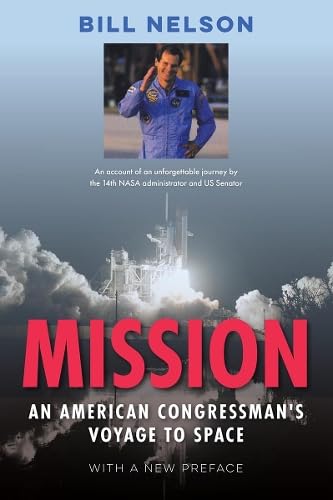
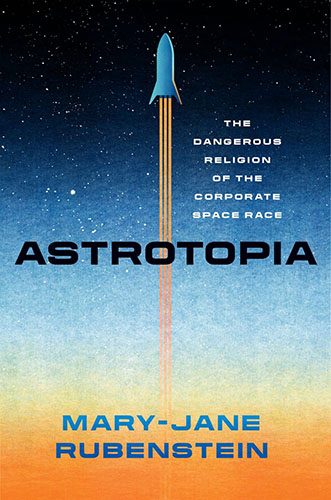

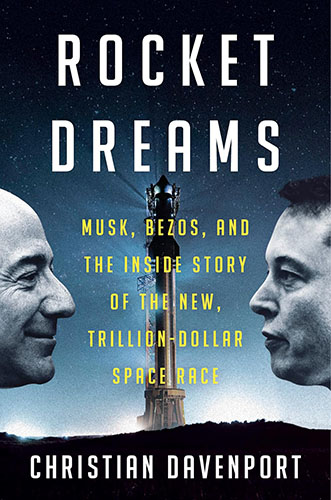
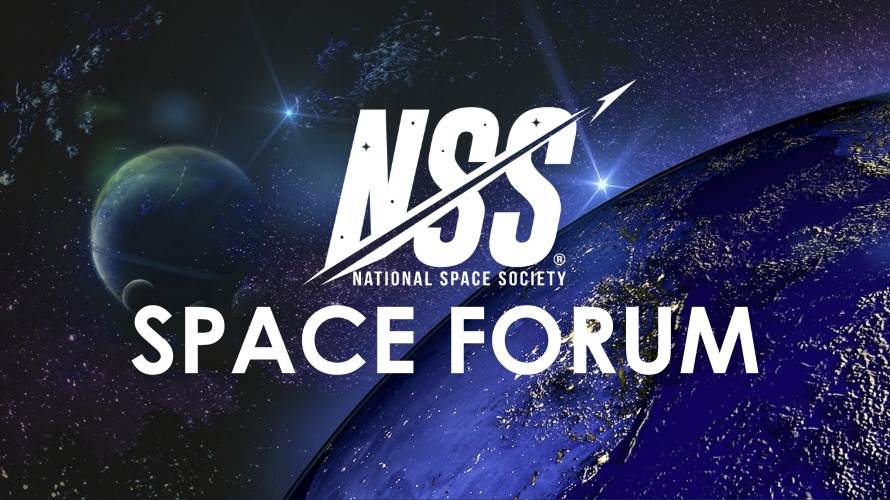
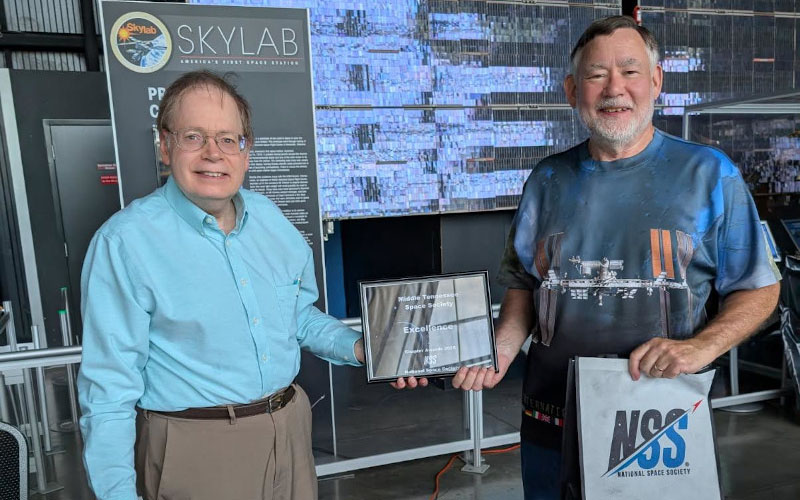
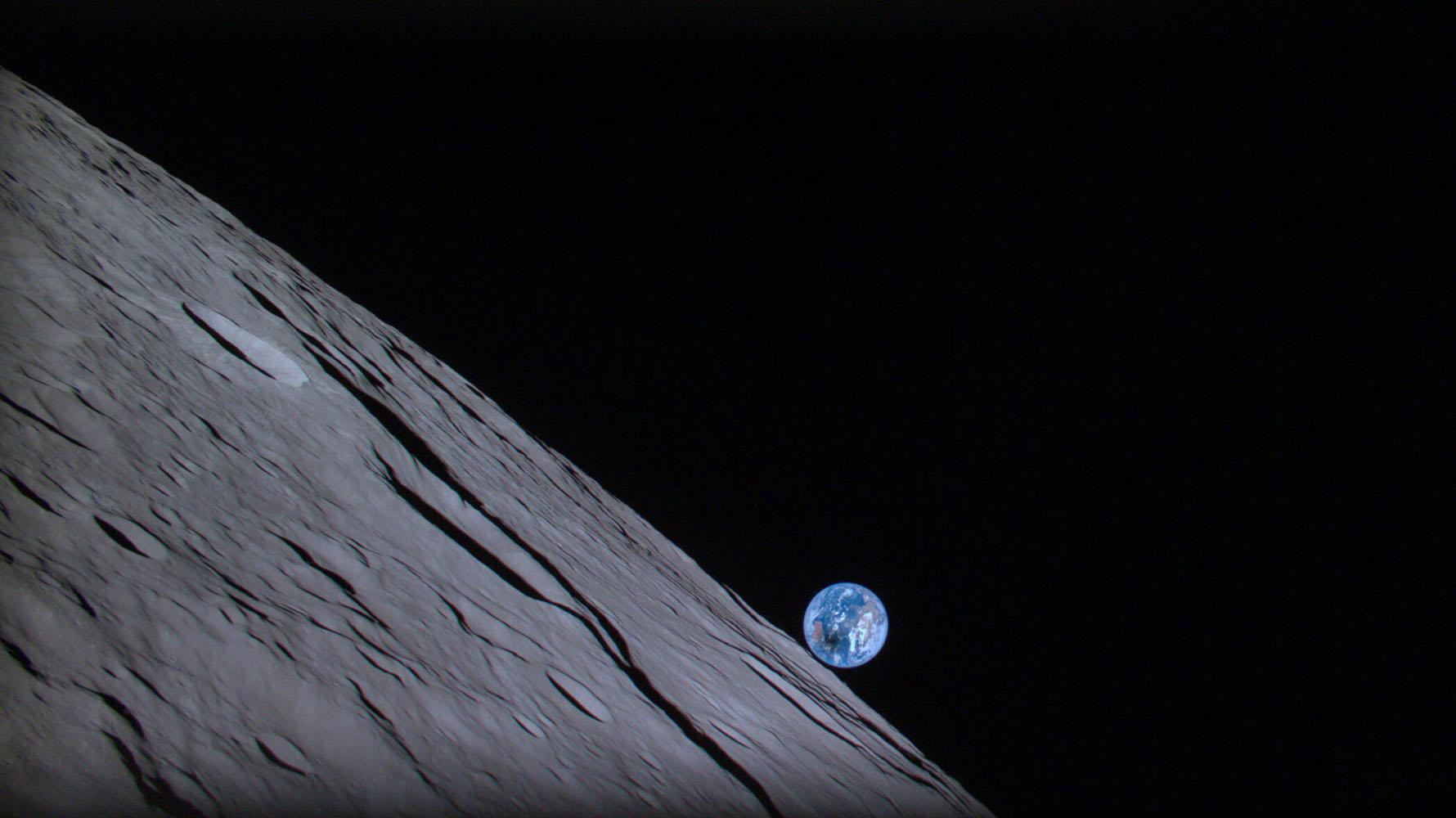
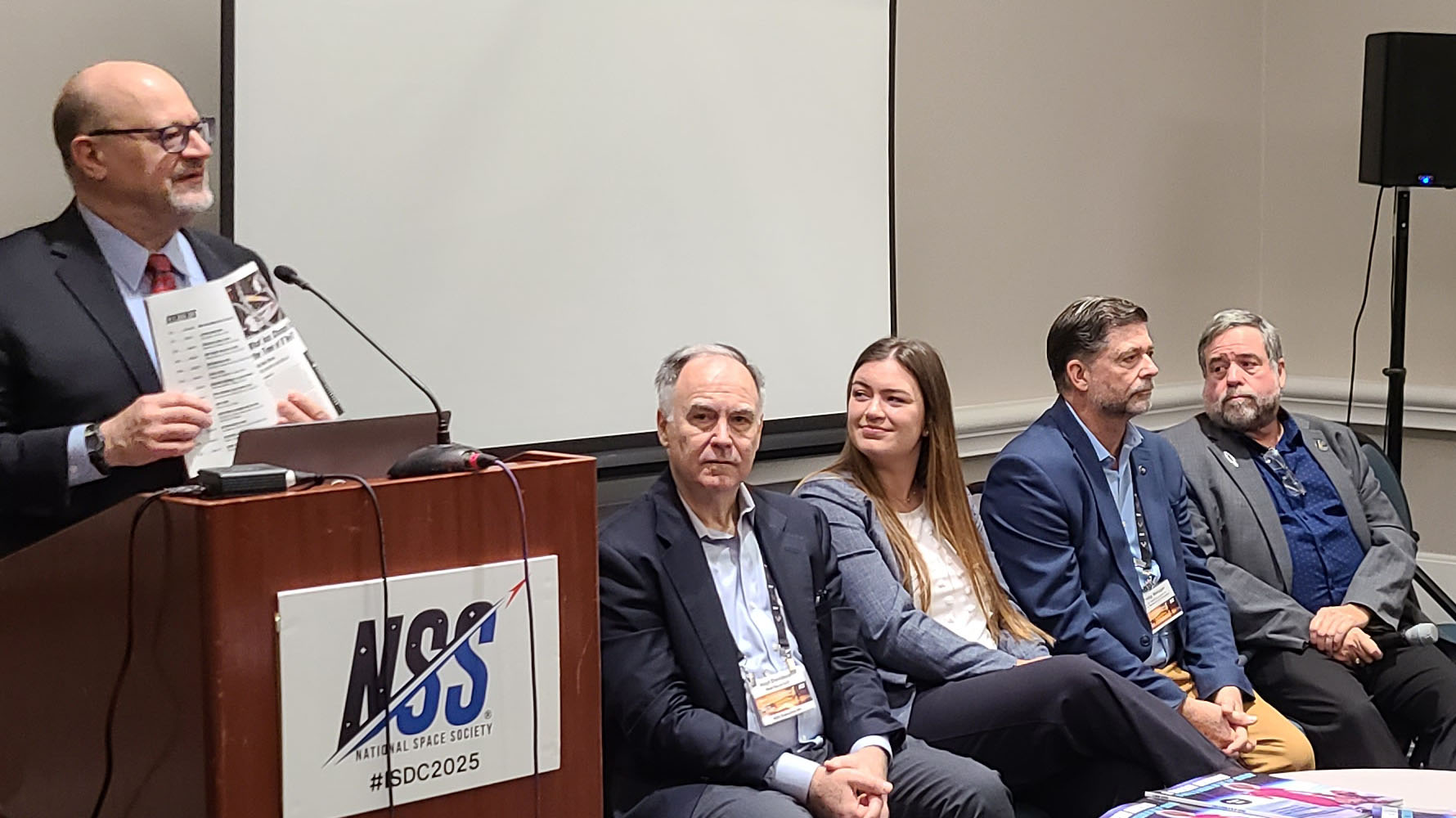
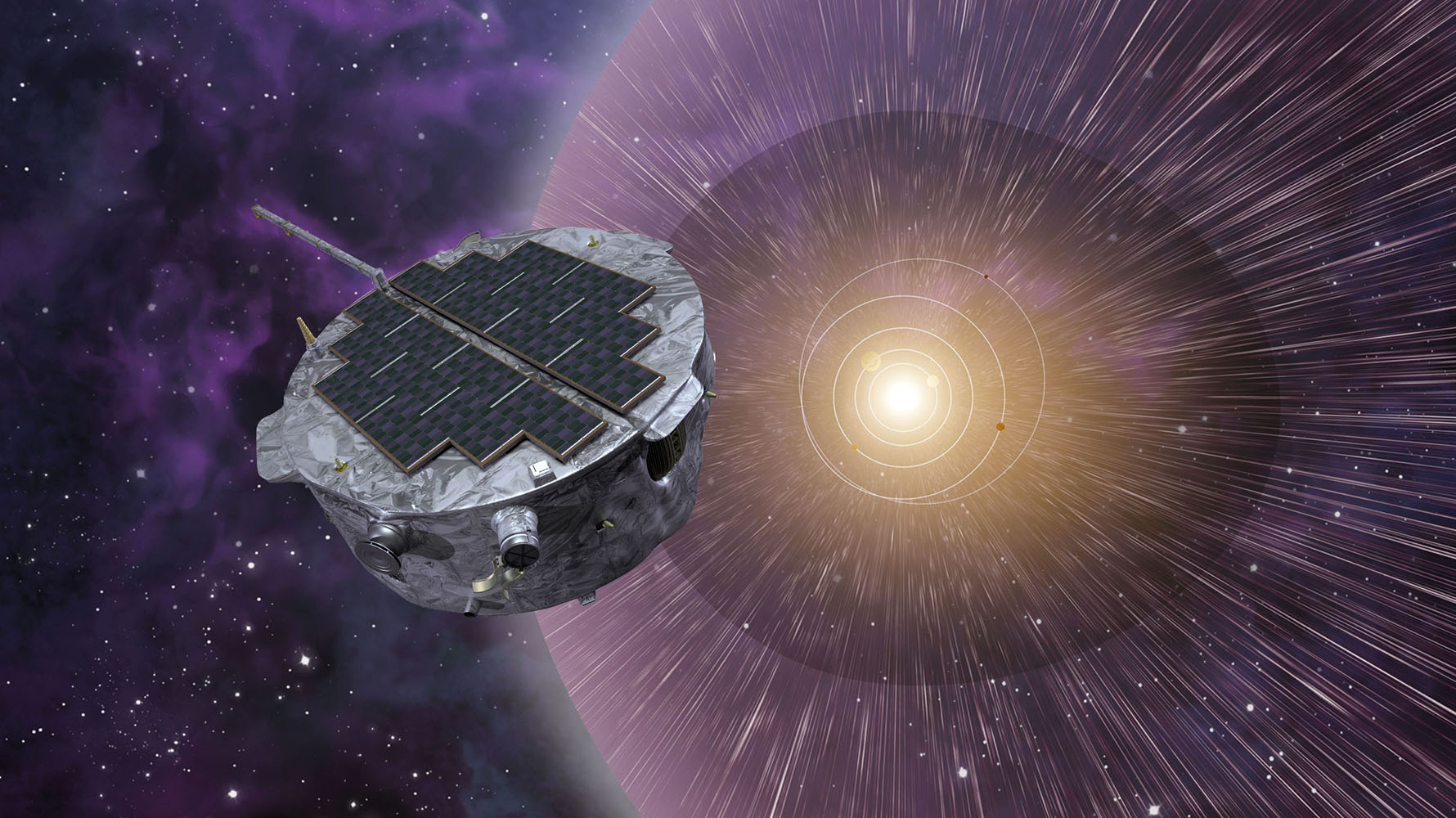
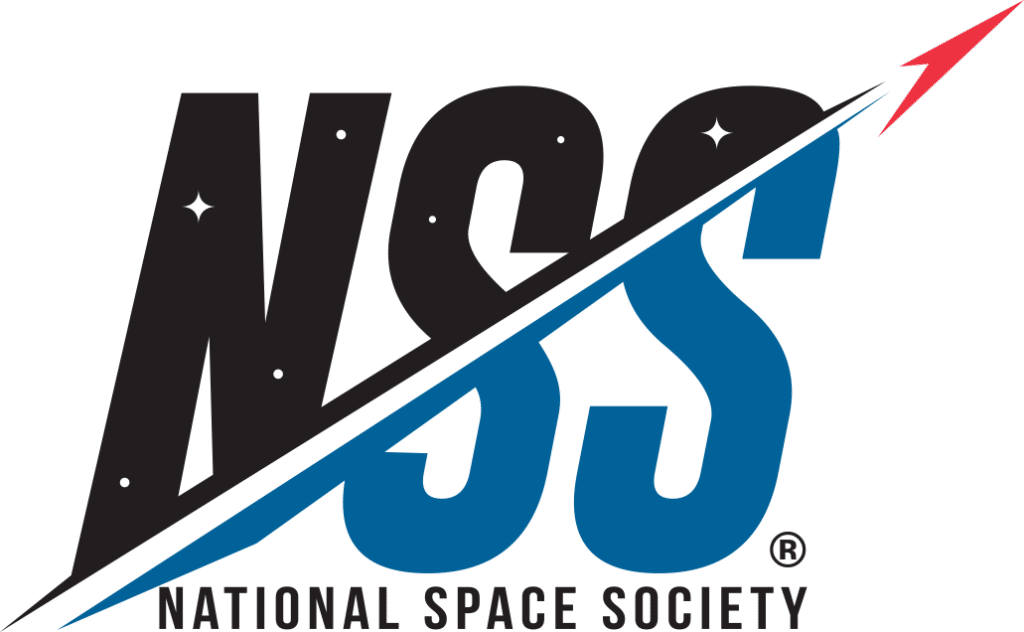

1 thought on “Renewable Energy Partnership”
International cooperation on renewable energy seems like a no-brainer. By way of disclaimer, my college degree is in English. Still, I read a lot, and my liberal arts brain recognizes common threads. I have seen no broad consensus on what energy source will replace coal and oil. There isn’t consensus. Any global progress on energy/environment issues requires the participation of India and China. Of course!
For what it’s worth, I hover over media outlets like The NY Times, Associated Press, and NPR, paying attention to space articles. And for good measure I’ve read “Physics for Future Presidents” by Richard A. Muller. I’m not seeing any buzz for space solar power as an option for earthbound energy consumption. In fact, I wasn’t even familiar with it until I read this blog post a few minutes ago. If it really is viable in the next half century, I sincerely hope to hear more.